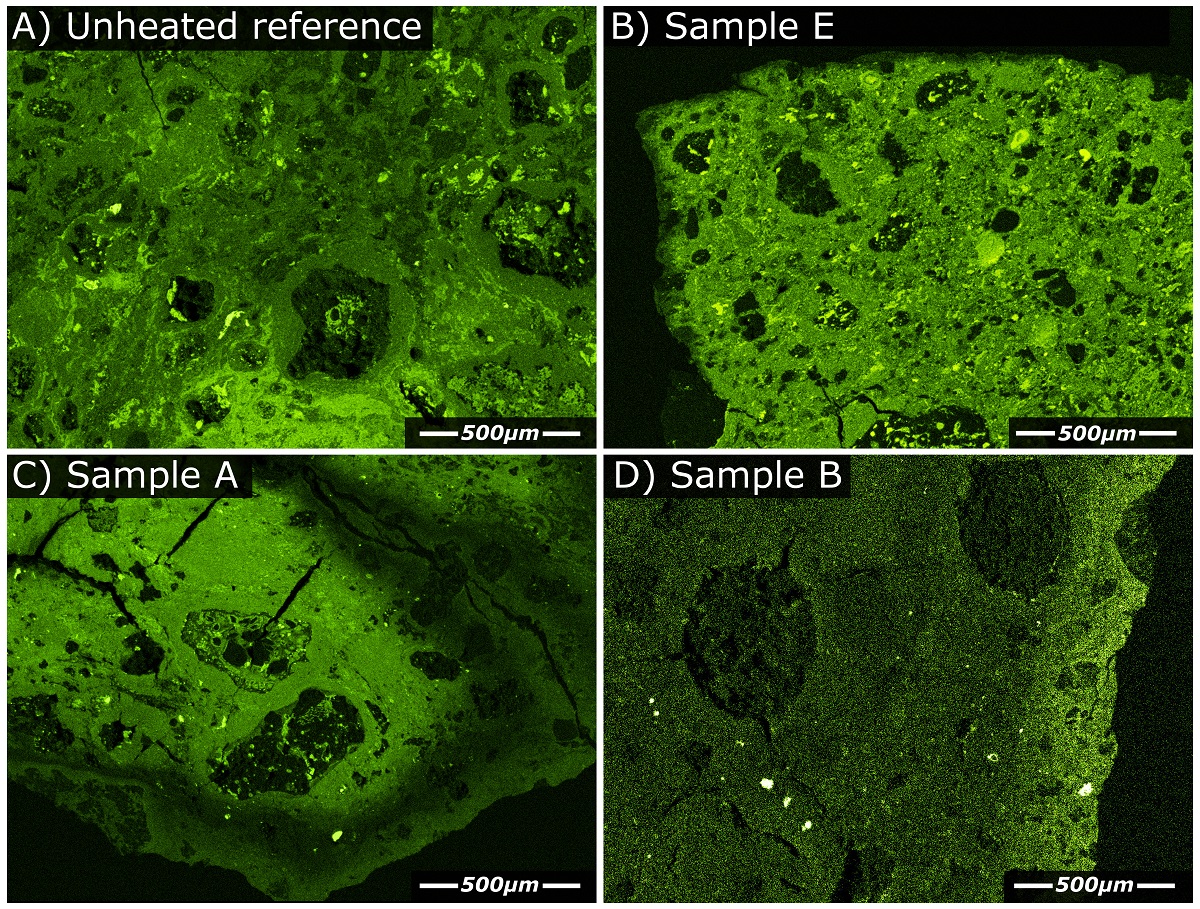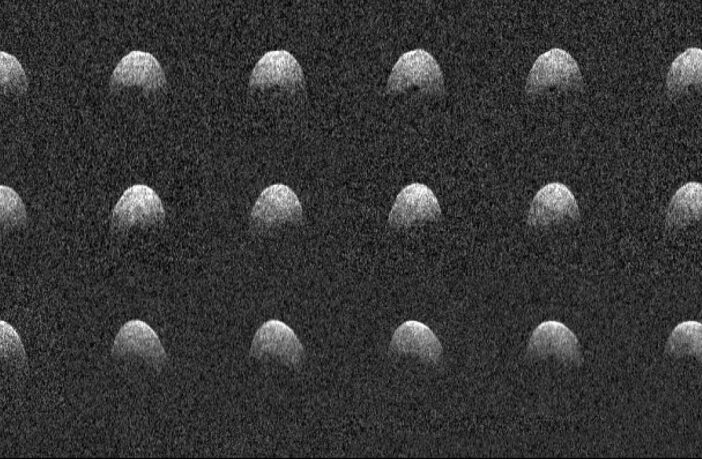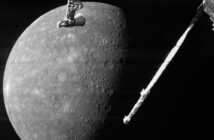Phaethon is a celestial body that defies definition. It isn’t quite an asteroid but isn’t exactly a comet either. It has properties of both bodies, being rocky in composition – a trait of asteroids but behaving like comet because of gas emission and dust release as it nears the Sun. This curious mix of characteristics—part asteroid, part comet—has led to increasing debate over its composition, geological history and what mechanisms could be responsible for its comet-like activity.
The upcoming JAXA DESTINY+ mission is a technological demonstration for a suite of new technologies designed for future deep space missions. But it is also set to bring Phaethon into sharper focus, employing a dust analyser and two multispectral cameras to scrutinise this intriguing object. This mission will enhance our understanding of Phaethon and the broader category of near-Sun asteroids.
In preparation, new experimental research by Dr Martin Suttle et al. (2024) from The Open University (OU) offers insights that could be crucial for interpreting the data DESTINY+ will collect.
A Comet-Like Asteroid with a Twist
Since its discovery in 1983, Phaethon has intrigued astronomers, especially after it was identified as the source of the Geminid meteor shower—one of the most spectacular annual meteor displays visible from Earth. Dust released by Phaethon spirals inward towards the Sun, intersecting Earth’s orbit and resulting in the Geminid meteor shower every December. However, Phaethon’s behaviour presents a puzzle: it currently releases little dust, raising questions about how its surface remains so active.
Adding to the mystery is Phaethon’s response to solar heating. As it nears the Sun, its surface endures temperatures of up to 730°C. One would expect repeated heating to deplete any volatile materials responsible for gas emissions. Yet, despite this intense heat, Phaethon continues to emit gas, without the expected release of dust. This ongoing gas emission from an apparently stable surface defies simple explanation.
A Slow Burn: The Role of Sulphur
The study by Suttle et al. (2024) tackled this mystery by simulating Phaethon-like conditions in the lab. Researchers examined how analogue materials, mimicking Phaethon’s surface, responded to repeated intense heat cycles. Their results revealed a surprising phenomenon: sulphur-bearing gases, rather than being rapidly exhausted, are released gradually over multiple heating cycles.
This slow-release behaviour suggests that Phaethon’s surface, despite enduring extreme temperatures, can continue to emit gas. The sulphur compounds decompose to form gas but then re-form stable sulphide minerals as the surface cools. This cyclical process allows the gas budget to trickle out over time, rather than being depleted in a single event. This previously unrecognised mechanism helps explain Phaethon’s ongoing comet-like activity and its ability to persist in emitting gas without quickly shedding its surface.

Credit: Dr Martin Suttle, The Open University
Dr Suttle said:
“Our findings are illuminating as understanding how sulphur-bearing gases behave under repeated heating cycles helps us explain why Phaethon remains active despite minimal dust emissions. We hope this will be instrumental in supporting analysis of the data DESTINY+ will collect.”
Looking Ahead to DESTINY+
The implications of these findings are significant for the DESTINY+ mission. JAXA’s spacecraft is designed to observe Phaethon closely, and its instruments – the dust analyser and multispectral cameras – will be crucial in confirming these experimental results. If the sulphur-based gas emissions are indeed the key to Phaethon’s behaviour, DESTINY+ could provide valuable evidence of these processes at work. The spacecraft might detect diagnostic spectral signatures on the heated surface or measure the predicted mineralogy directly through measurement of errant dust particles.
Understanding Phaethon’s true nature is essential for interpreting the mission’s data. The insights from Suttle et al.’s research lay the groundwork for making sense of the observations DESTINY+ will provide, helping to piece together the history and dynamics of this extraordinary object.
Phaethon may not fit neatly into traditional categories of asteroids or comets, but its unconventional nature makes it all the more fascinating. By unlocking the secrets of this fiery space rock, we not only gain insights into Phaethon itself but also enhance our understanding of the dynamic processes affecting asteroids and comets that venture too close to the Sun.



